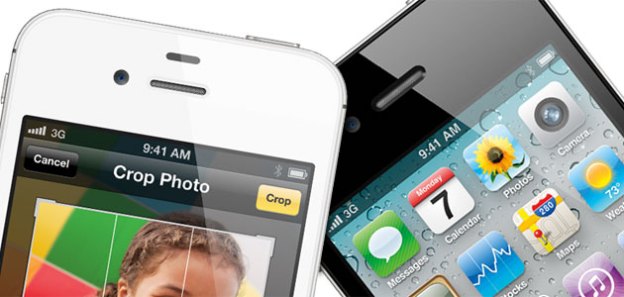
Google’s Eric Schmidt raised eyebrows last week at the Le Web conference by suggesting within six months Android 4 “Ice Cream Sandwich” may well become mobile developers’ first choice platform, rather than Apple’s iOS. However, there may be a very important reason that will keep many mobile developers developing for iOS first, and maybe for other mobile platforms if they get around to it: money. According to a new report from Flurry Analytics, for every dollar an app makes on iOS, that same app will generate just 24 cents on Android.
Flurry Analytics develops software that lets developers see how folks interact with their applications—everything from tracking clicks to figuring out what part of apps get the most use and what parts get almost none at all. Flurry services are available for every major phone platform—iOS, Android, Windows Phone, BlackBerry, and J2ME—and the company claims to have more than 55,000 companies operating more than 135,000 apps through its services—they figure that’s about a quarter of all apps in the iTunes App Store and Android Market
According to Flurry, the number of projects developers are starting for Android has actually declined a bit during 2011, starting out at more than one third of new project starts at the beginning of the year to just over a quarter (estimated) for the fourth quarter. Flurry attributes Apple’s success in luring new projects to iOS to expanding the iPhone to Verizon Wireless (and then Sprint, with the iPhone 4S), as well as the successful launch of the iPad 2, all of which generated strong interest in Apple’s iOS products.
In revenue terms, Flurry found iOS apps tend to significantly outperform Android apps—although its data is limited to a selection of in-app purchases made from apps that have versions available both on iOS and Android. Flurry found that, on average, an app available for both platforms will generate less than one quarter of the revenue on Android than it does on iOS. Flurry attributes much of the discrepancy to “consumers’ ability to pay,” noting that while all iOS devices are connected with either a credit card or a gift card, Google Checkout seems to have has a far lower penetration with Android users.
Flurry’s analysis lines up rather neatly with a report published last month by Piper Jaffray’s Gene Munster (via Mobiledia), that count that Apple’s app ecosystem accounts for between 85 and 90 percent of mobile app spending, with Apple’s app ecosystem on track to generate $3.4 billion in 2011 compared to less than $240 million for Android developers. Munster also noted that iPhone apps average about $1.50 each and iPad apps run about $6, where the most popular apps for Android account for most of Android’s app sales momentum. Munster also noted that Apple’s App Store has proven to be a trustworthy source of software, where the freewheeling Android Market (and third-party Android marketplaces) seem to be rife with malware and other threats.
Editors' Recommendations
- Why you should buy the iPhone 15 Pro instead of the iPhone 15 Pro Max
- There’s a big problem with the iPhone’s Photos app
- 10 iPhone productivity apps you need to download right now
- Why you should buy the iPhone 15 Pro Max instead of the iPhone 15 Pro
- This one thing could make iOS 18 the best iPhone update in years


